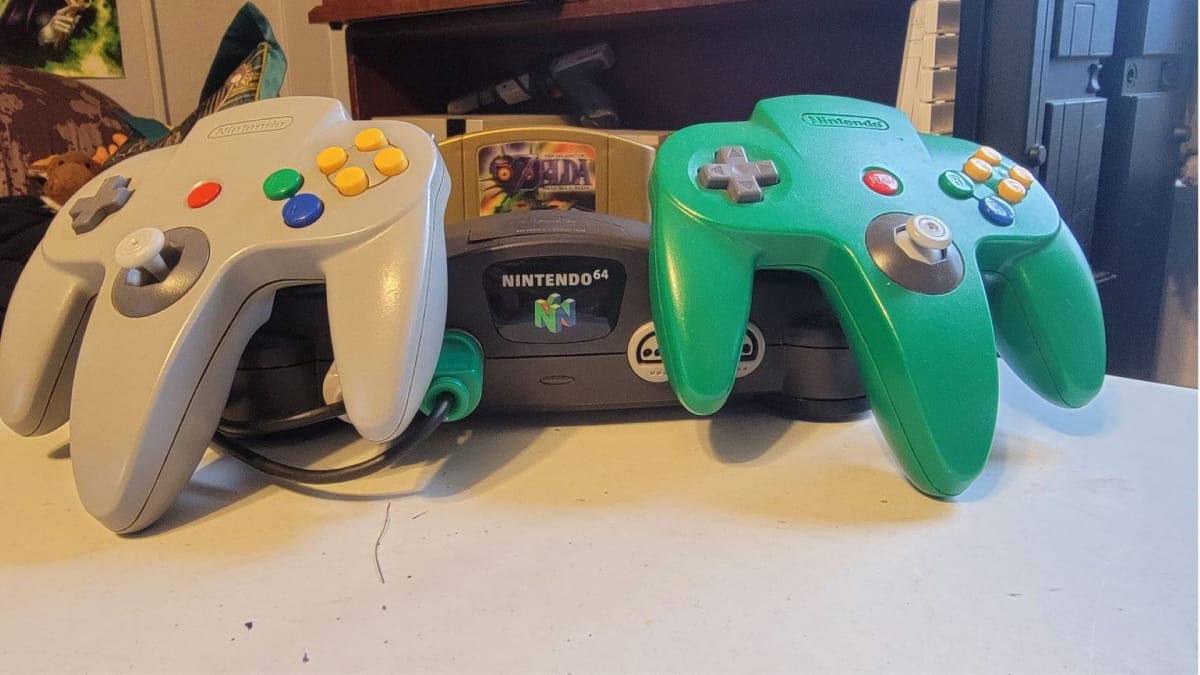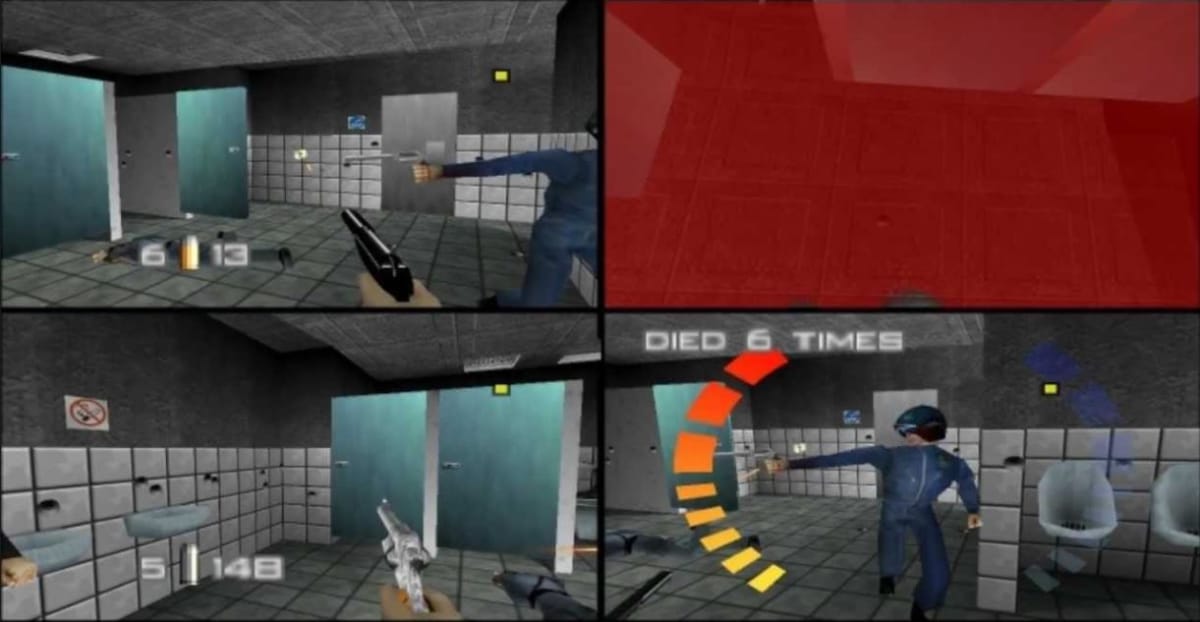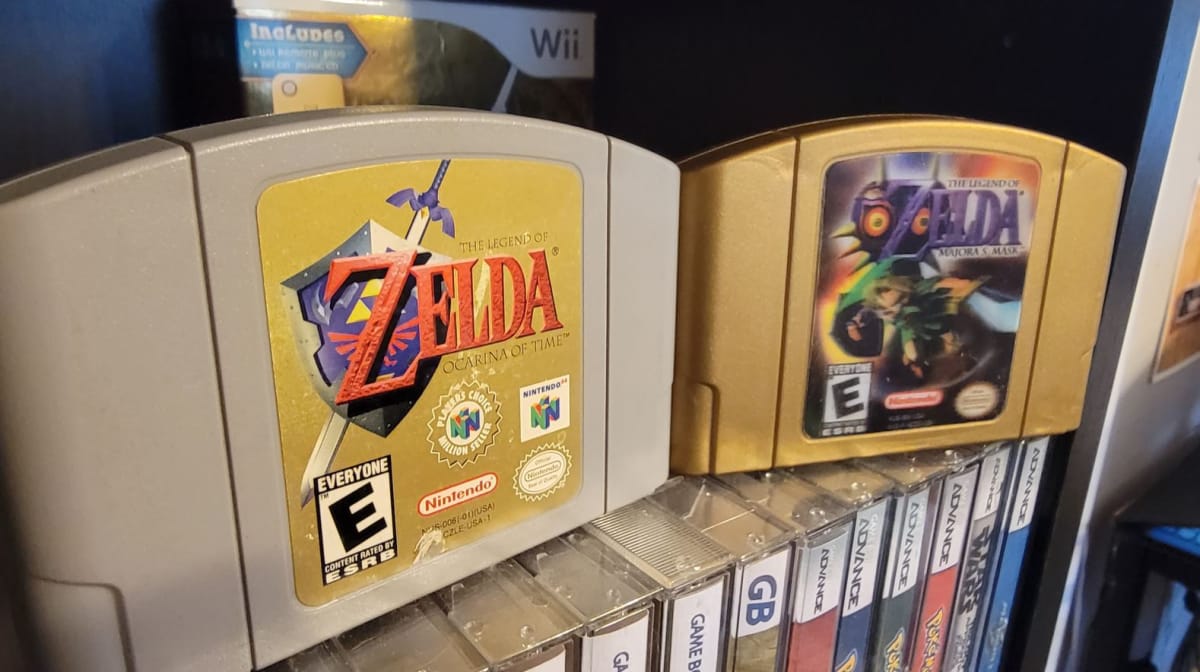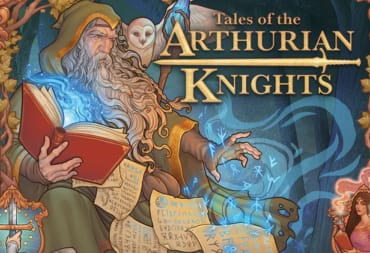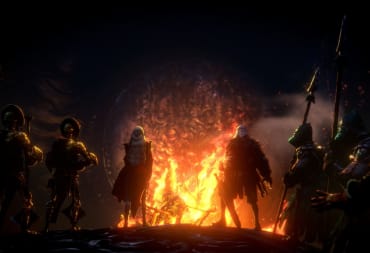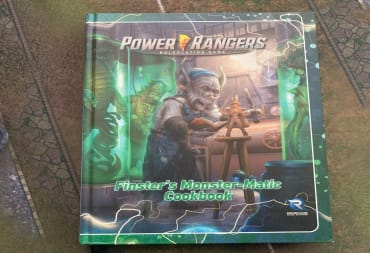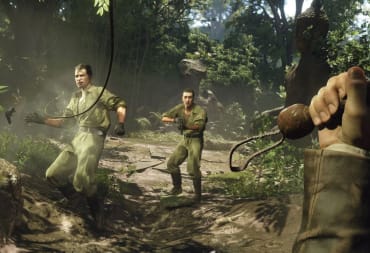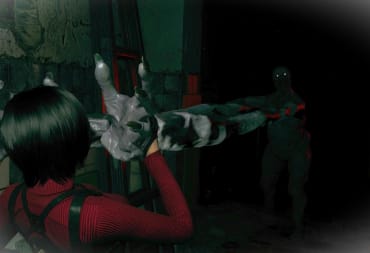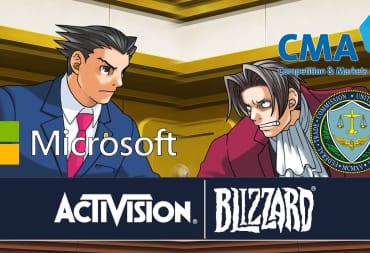Every generation, the major console developers scramble to leave their mark, pouring millions into ad campaigns to convince you that their console is the one to buy. Today there are countless review websites and YouTube channels that can show you every angle of a console before you commit to the purchase, but it wasn’t always that way. In the mid '90s, the world was introduced to a console that would not only innovate how games are played, but would support a lineup so strong that it remains well loved even 25 years later: the Nintendo 64.
Nintendo may have just announced Nintendo 64 games being added to Nintendo Switch Online, but the original console ushered in a new age of gaming few could have predicted. The date was Sept. 29, 1996, and Nintendo 64 consoles were available in stores in North America for the first time. The console had released several months previously in Japan, and it wouldn’t be until March 1997 that it’d be available in Europe and Australia. For the U.S. market, consumers who had secured an early order were able to check out what 3D console gaming had to offer. Over the years, countless AAA titles and impressive third-party support would come to the N64, adding to its success, not to mention the revolutions it brought to couch co-op and 4-player mayhem.
For many children of the '90s, myself included, the Nintendo 64 was the first console we had the opportunity to spend any meaningful time with. And in an age before the internet really took off, it was N64 games that dominated school yard discussions and countless summer sleepovers. But it’s not just the nostalgia of this console that makes it such an important benchmark in gaming history. The development and innovative design helped set new standards, changing the way developers would think about how to design their games, and it all but ushered in the era of 3D platform gaming to a mainstream audience.
Nintendo 64 Controller: An Odd Design With One Key Feature
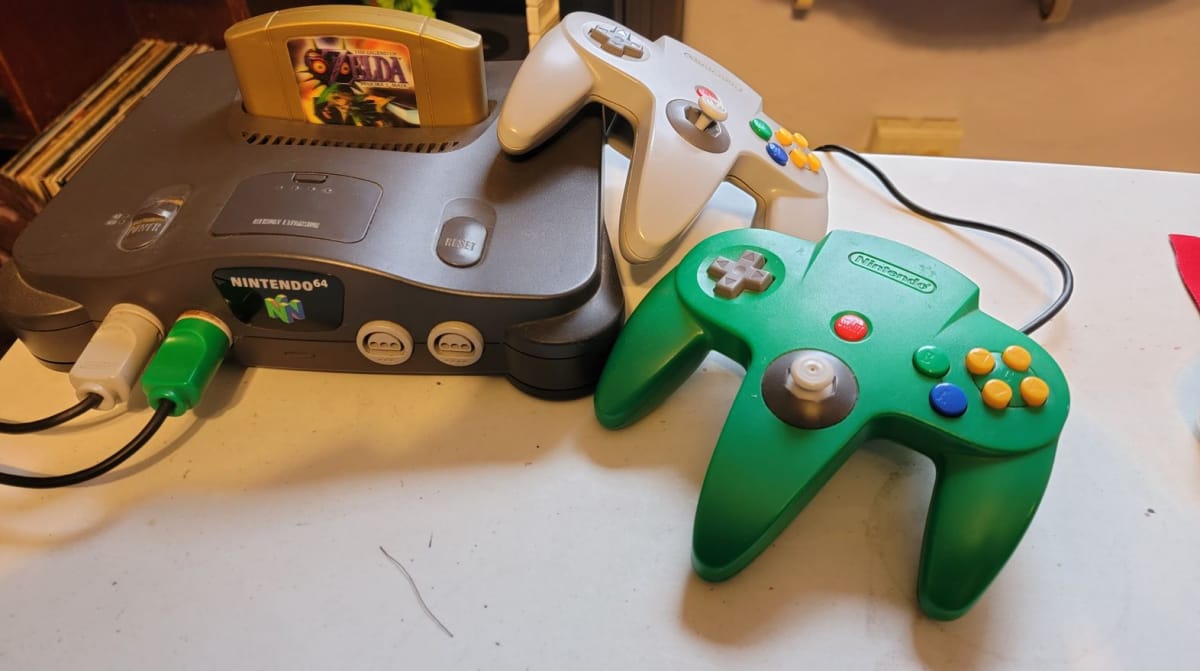
The Nintendo 64’s biggest competitor at the time was the PlayStation 1, which had launched a couple years before. While the PlayStation 1 followed in line with the NES and SNES with D-Pad style controls, Nintendo was hard at work designing one of the strangest and most iconic controllers they’d ever release. The three-pronged N64 controller design certainly broke tradition with its predecessors, but Nintendo also added a key feature that would be instrumental in the development of 3D games: The joystick.
The Nintendo 64 analog joystick wasn’t the first joystick ever developed, but it was one of the first game controllers to incorporate it as a main feature. With the analog joystick, gamers could now fully explore newly rendered 3D environments and enjoy a much larger range of motion with their characters. From action-adventure platformers to first-person shooters and kart racers, the joystick offered smooth and effortless control (by '90s standards). This simple addition inspired the next 25 years of controller development, and early on helped gamers fully explore every inch of Princess Peach’s Castle in the classic Mario launch game.
Super Mario 64: One of the Best Launch Titles Ever
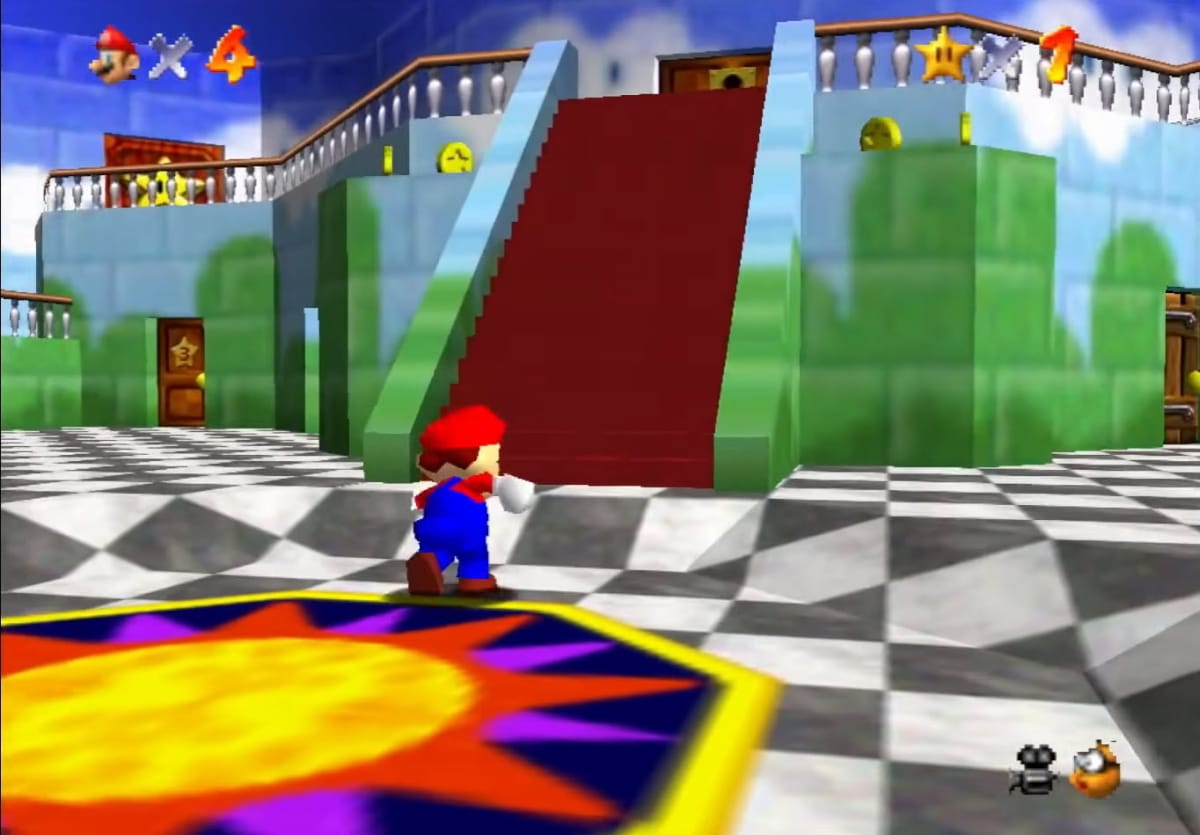
When the Nintendo 64 launched, it did so alongside one of the most beloved platformers of all time: Super Mario 64. This N64 Mario game brought the mustached plumber into a 3D environment for the first time. This quasi-open world design gave players an expansive castle to explore. Without the joystick on the Nintendo 64 controller, this game would not have have been possible. By today’s standards, the camera controls are dated (something I do wish they had updated in the Super Mario 3D All Stars Collection), but at the time the ability to freely rotate a camera 360 degrees was brand-new territory.
With Nintendo diving into the uncharted world of 64-bit, 3D console gaming, you would expect some pitfalls along the way, but with the N64, these were surprisingly few and far between. Not every Nintendo 64 game was a runaway hit, but first-party titles especially benefited from the technology of the N64 design. Super Mario 64 may have been the first, but over its lifetime hundreds of Nintendo 64 games would come to the system, and one key feature would make it a staple at sleepovers and parties for years to come.
Revolutionizing Multiplayer with Four Controller Ports
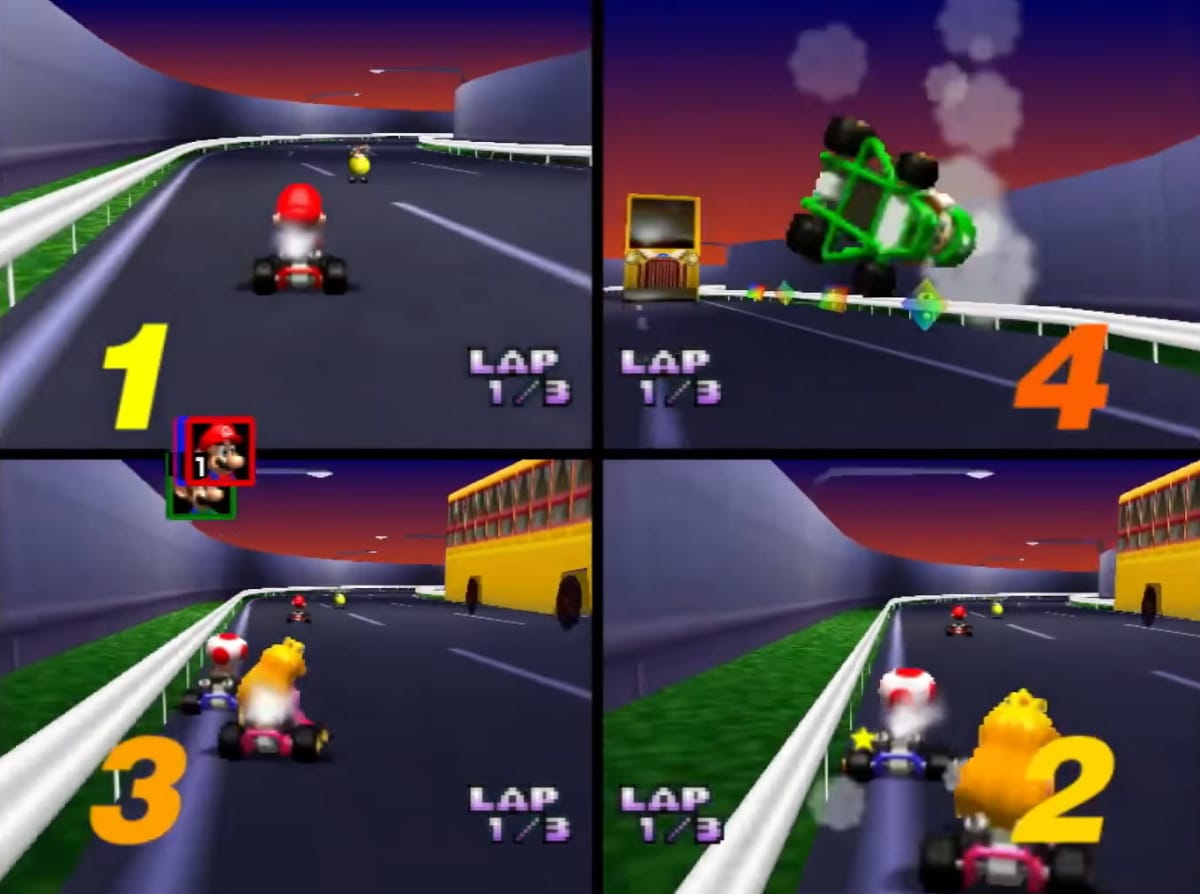
Up until the mid-'90s, multiplayer in video games was limited to a two-controller setup. With the Nintendo 64, gamers were able to plug in four controllers simultaneously and play what would become some of the most iconic multiplayer games of all time.
Mario Kart has long been one of Nintendo’s best-selling franchises, and Mario Kart 64 was no exception. It’s difficult to properly describe the jump in detail and maneuverability from Super Mario Kart on the SNES to Mario Kart 64, but all of a sudden four players could race head-to-head in a grand prix, or go up against each other in the much-loved battle modes. The fact that this game was released just a few months after Nintendo 64 launched in North America meant it was an ever-present staple through the entire N64 generation. And in 1999 a whole new franchise was born: Super Smash Bros. Do you remember when there were just 12 playable characters in a Smash Bros. game? Two decades later and Smash Bros. titles still dominate competitive and casual play around the country.
Other games like Star Fox 64 brought four-player, 360-degree dogfights to the console, and if you wanted to take your Pokemon battles from the small screen to your TV you could buy Pokemon Stadium. Not to mention the original three Mario Party games were born on the system. Even with all these titles though, the N64’s prolific contributions to multiplayer games didn’t stop where the first-party games end.
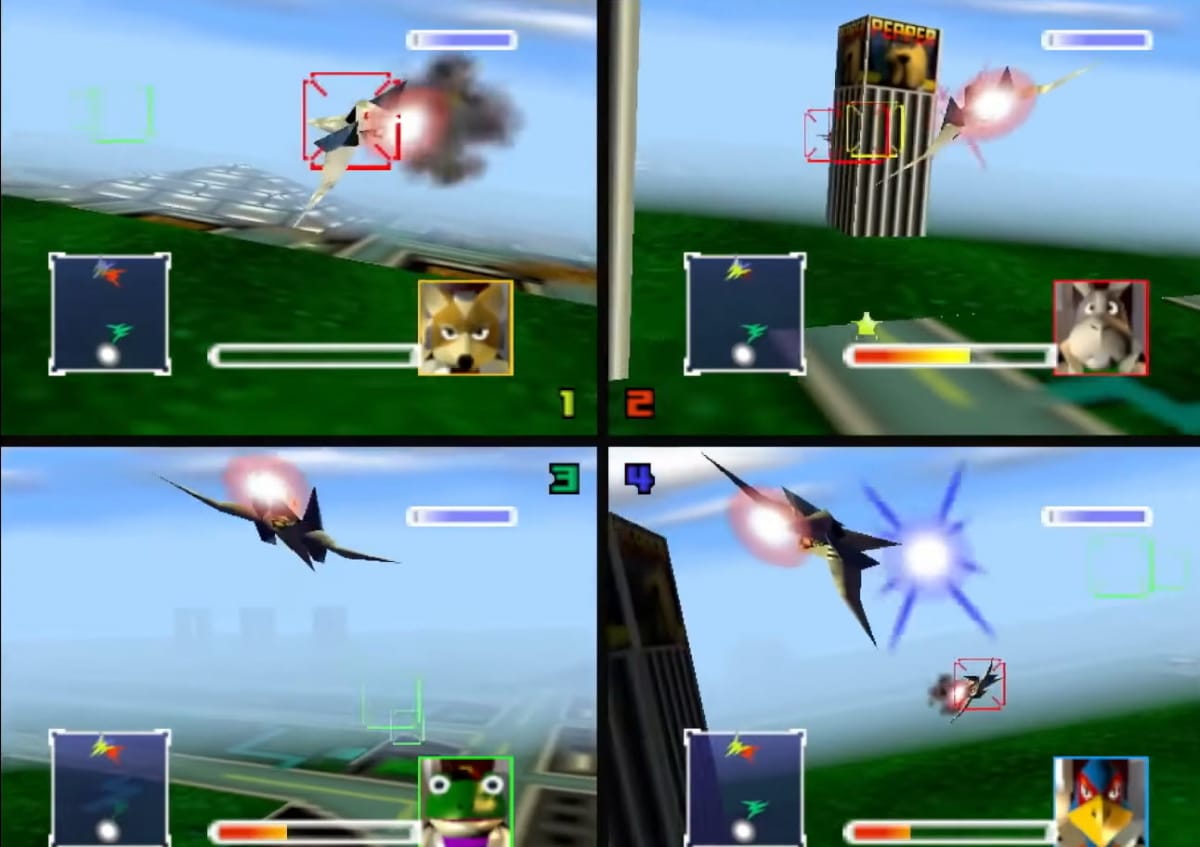
Some of the most-played multiplayer games were third-party titles. There’s a reason many in their 30s today look back fondly on late nights playing chaotic four-player matches of 007 Goldeneye, or teaming up in co-op (or against each other in counter-op) matches in Perfect Dark. Games like 1080 Snowboarding allowed friends to hit the slopes all year round, and Tony Hawk’s Pro Skater reinvigorated a generation’s love of skateboarding. Whether it’s first- or third-party games, the list of amazing multiplayer titles goes on and on: Diddy Kong Racing, Wave Race 64, Snowboard Kids, Battle Tanks, Gauntlet Legends, and countless others. Before the wide adoption of online play, the Nintendo 64 had the market cornered on local multiplayer and couch co-op. Without studios outside Nintendo, the library of Nintendo 64 games wouldn’t be as robust as it is today.
Impressive N64 Third-Party Support
Back in the '90s, before the gaming space became saturated with countless studios and developers, Nintendo was arguably the biggest name in town. Sure there was competition from Sony, but Nintendo worked their relationships with third-party studios to get incredible support for the system, both for console exclusives and cross-platform games. One of the most iconic relationships was with Rare, who developed some of the most beloved games of the N64 generation.
Before Rare joined forces with Microsoft, many of their games were published by Nintendo onto the Nintendo 64 console. This included fan favorites like 007 Goldeneye and Perfect Dark, but also classics like Diddy Kong Racing, Donkey Kong 64, Banjo Kazooie, and its sequel Banjo Tooie. Some of the games Rare brought to the table included Nintendo characters, while others were original IPs that added to the strength of the console. First-party games can sell well, and to this day there’s no better place to play Nintendo games than a Nintendo console (though I’d be lying if I said I didn’t want a game like Breath of the Wild to run on my PS5). Without third-party support, a console can only go so far. Systems like the Wii U suffered from confusing and inconsistent marketing, but lack of third-party support made it less appealing outside the realm of core Nintendo gamers.
The Nintendo 64 is remembered by many to be the golden age of Nintendo, and their impressive library of first- and third-party games is largely the reason why. Not to mention this 64-bit console gave developers the tools to literally think about their games from new angles, leading a wave of innovation that would bring around some of the greatest games of the generation. These possibilities led Nintendo to restructure one of their most iconic franchises and bring it into the 3D space for the first time.
Two Fan-Favorite Legend of Zelda Titles
The Legend of Zelda celebrates its 35th anniversary this year, and over the years it has enjoyed quite a bit of success in both the 2D and 3D spaces. It’s no stretch of the imagination, though, that the Nintendo 64 was a turning point for the series, where Hyrule was able to be rendered in a way players had never seen before. In 1998, Ocarina of Time was released, and it remains what many consider to be one of the greatest games of all time. It’s been re-released on every major home Nintendo console since, as well as the Ocarina of Time 3DS remaster. And soon, thanks to the Nintendo Switch Online Nintendo 64 upgrade, players will be able to return to the 64-bit Hyrule once again on their home console.
Just like what Super Mario 64 did for the Mario series, Ocarina of Time introduced a variety of mechanics that were new to the franchise. Video game designer Yoshiaki Koizumi created a horse for Link to ride across Hyrule, and decided to name her after the Celtic Goddess of horses: Epona. In future games, Epona and other mounts would be a key feature as Nintendo continued to expand and build out the world of Hyrule, from the vast sea in Wind Waker to the gigantic kingdom of Breath of the Wild. Of course Epona was also available in the direct sequel to Ocarina of Time that came out in 2000: The Legend of Zelda: Majora’s Mask.
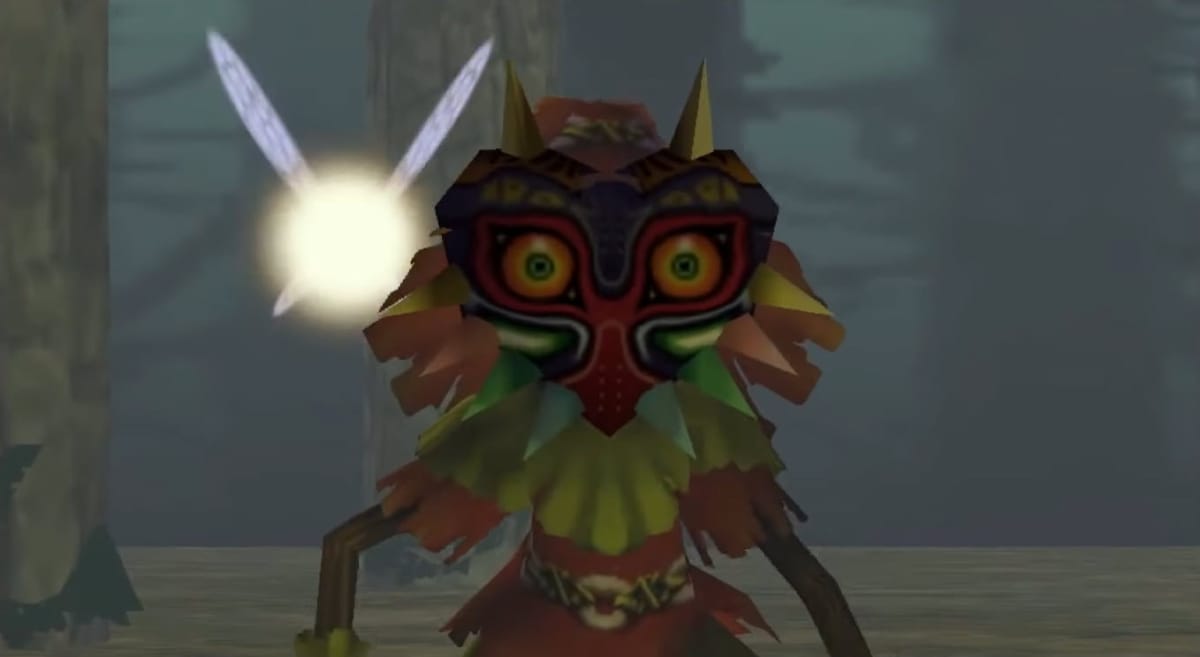
The development timeline of Majora’s Mask was accelerated, and the game reused many of the assets that were created for Ocarina of Time. By building the world around a single central location, Clock Town, and using a three-day repeating time mechanic, Majora’s Mask was able to fill a world with stories, characters, and secrets that would keep players occupied for hours and hours. This Zelda title required the N64 Expansion Pak, which added 4 mb of RAM to the console, another barrier of entry for those who fell in love with Ocarina of Time. Today, many regard Majora’s Mask as a fan favorite, and in 2015 it got a 3DS remaster and a collector’s edition system (mirroring the release of Ocarina of Time 3D in 2011).
These re-releases included some key changes from the original, which is nothing new. Nintendo has always been editing and re-working their games over time. Even the original run of Ocarina of Time on Nintendo 64 was updated during that console’s lifetime, changing out music and making some of the more frightening scenes more sanitized. Ocarina of Time remains among the best-selling Legend of Zelda games of all time, and was a key staple for gamers of the '90s who invested in the N64 console.
People Are Still Playing Nintendo 64 Games 25 Years Later
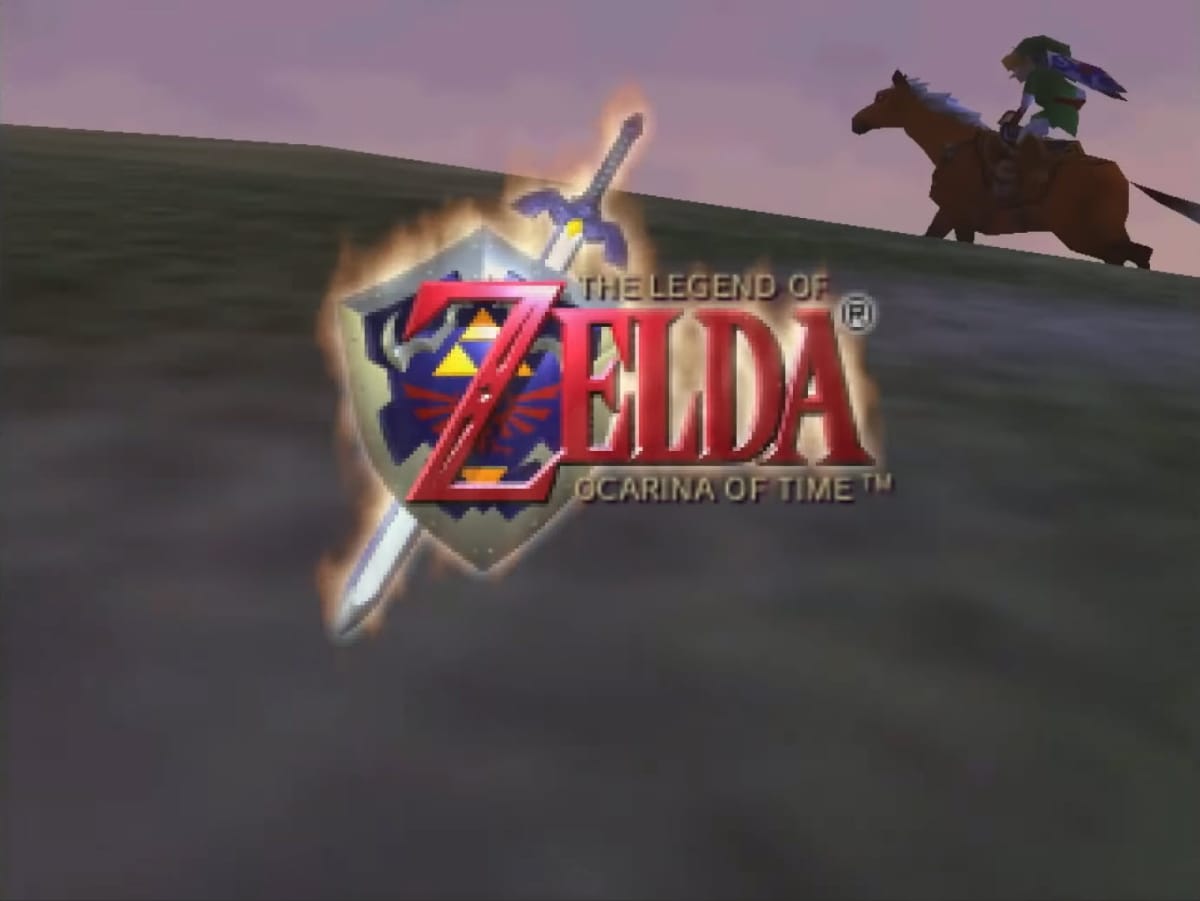
It’s no secret that on nearly any “Greatest Video Games of All Time” list you’ll find a core selection from the Nintendo 64 generation. Some of these games didn’t age well, and even the ones that did still suffer from technical issues (note the odd camera angles in Super Mario 64, or the lack of platforming control in Star Wars: Shadows of the Empire). Still, people return to N64 games pretty frequently, and not just to jump into a four-player match or as a way to pass the time. People have been speedrunning games like Ocarina of Time for decades now, and many current Nintendo Switch titles owe their inspiration to the trails that were blazed on the Nintendo 64 all those years ago.
Though Nintendo 64 games have been re-released in some capacity over the years, whether on the virtual console or other platforms depending on who actually holds the rights, the ability to go back and play some of these games has been challenging to say the least. The concept of video-game preservation is nothing new, but when so many titles are locked behind a decades-old console, it makes it extremely difficult to bring these games to new generations. However, things are slowly looking to change thanks to the announcements from the recent Nintendo Direct.
Nintendo Switch: Nintendo 64 Games Added to Nintendo Online
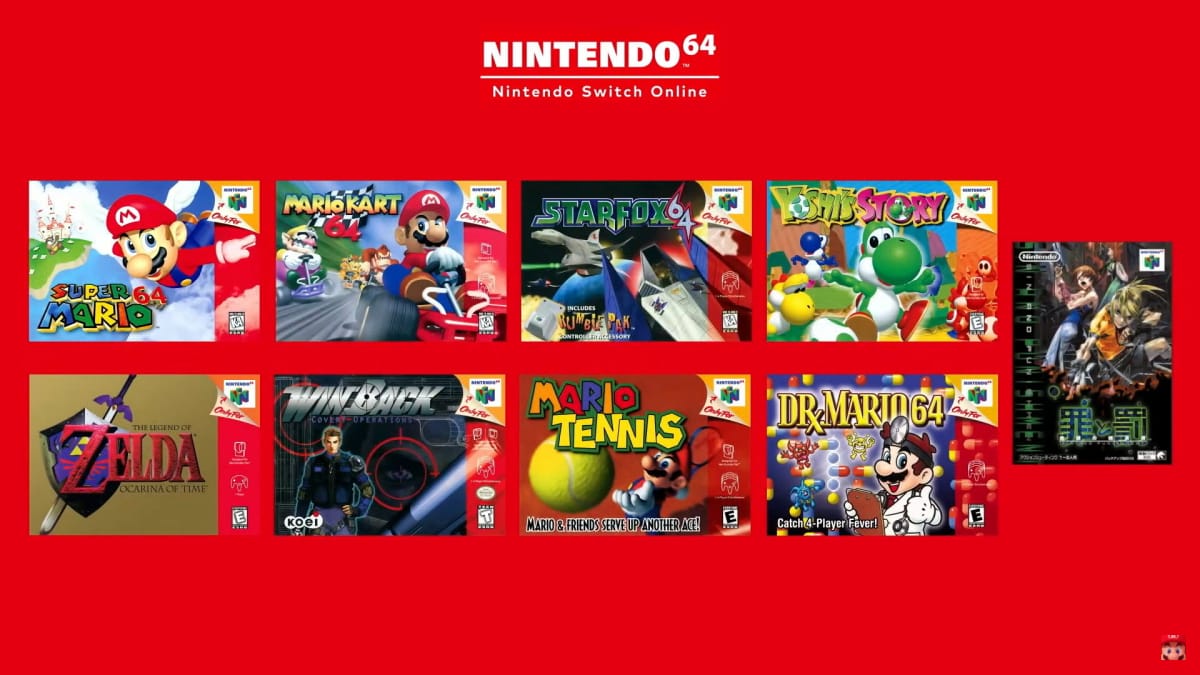
Over four years into the Switch lifecycle, Nintendo 64 games are finally being added to the online subscription service (for a fee, of course). Though many reacted to this announcement with excitement, it’s worth noting the limitation of the N64 library that will be available at launch, not to mention this basically puts the final nail in the coffin of any hope of a Nintendo 64 Mini.
Nintendo Switch Online Nintendo 64 tier release date hasn’t been announced yet, but hopefully it won’t be too long before we can revisit some of our favorite classics, and also Winback: Covert Operations. The addition of online play also makes these games more enticing than ever before, and will hopefully bring plenty of fun to not just those who grew up with the system but new players as well. I for one am excited to revisit some old games, as well as play some classics for the very first time. It’s unfortunate that players won’t be able to just buy the games they want outright, but the future has been moving into subscription-based services for the past decade. There’s a lot to love when it comes to convenience and accessibility, but the uncertainty of having your favorite game removed from the service at any time is always looming.
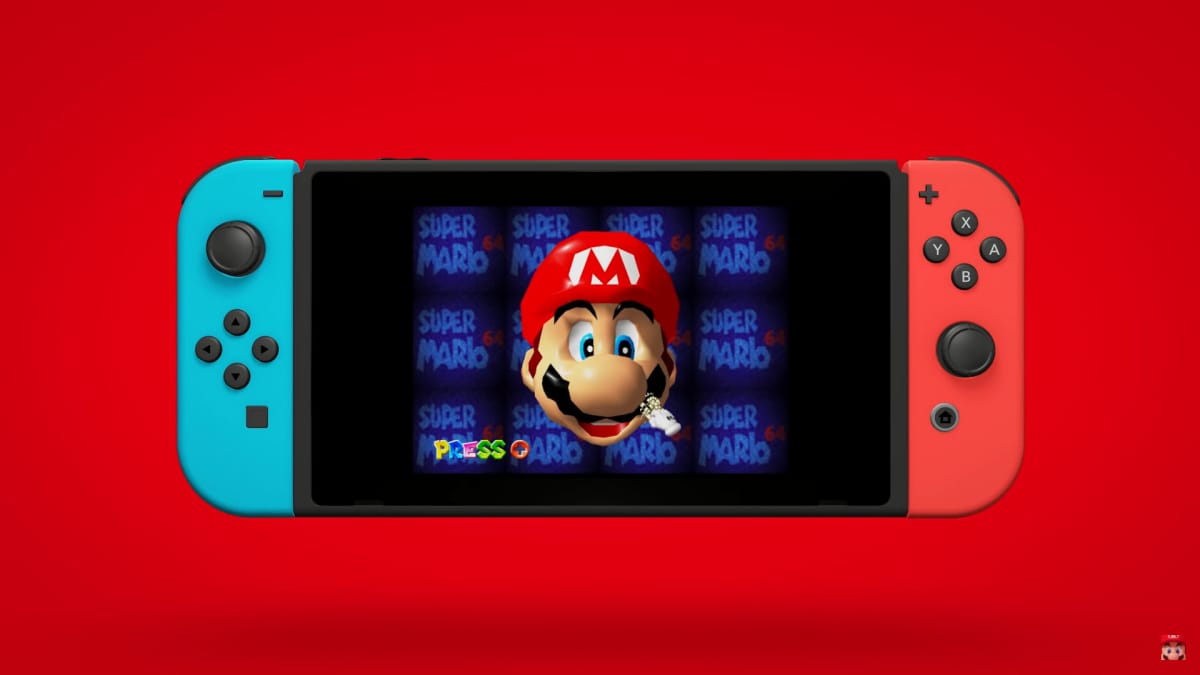
I’m just glad we’re finally getting Nintendo 64 games on the Switch, allowing us to celebrate 25 years of these games without figuring out how to hook up an old console to a new TV!
What were some of your favorite Nintendo 64 games? Are there are any games you didn’t get the chance to play you’re hoping to check out for the first time on Switch? Let us know in the comments!
Have a tip, or want to point out something we missed? Leave a Comment or e-mail us at tips@techraptor.net
